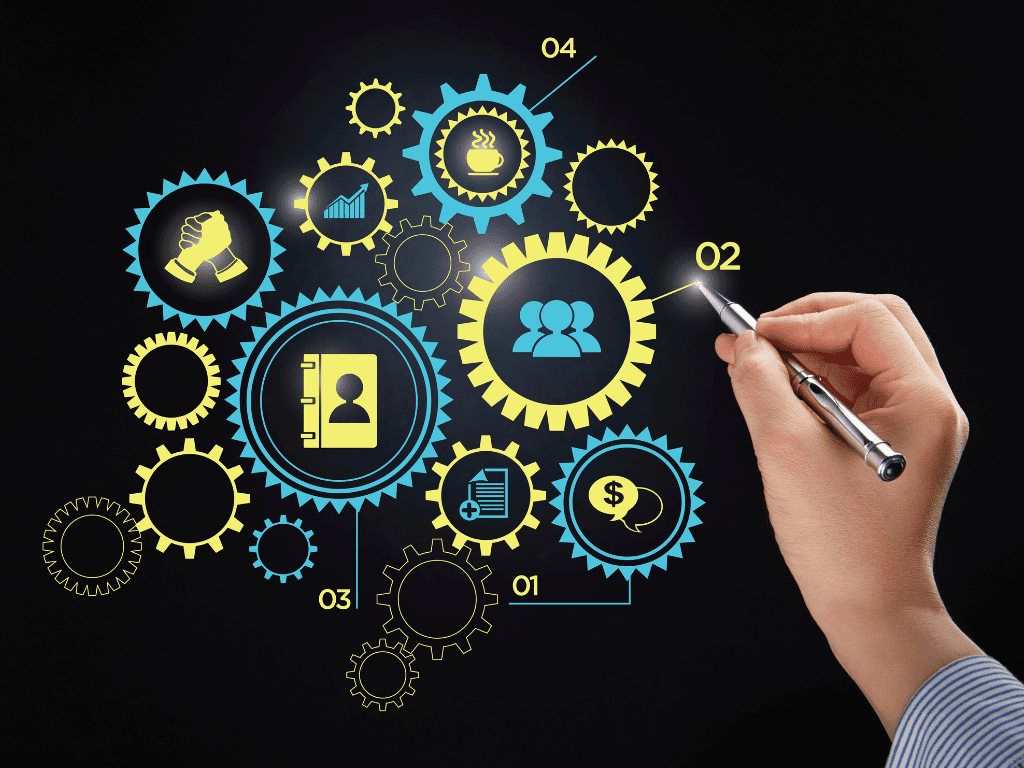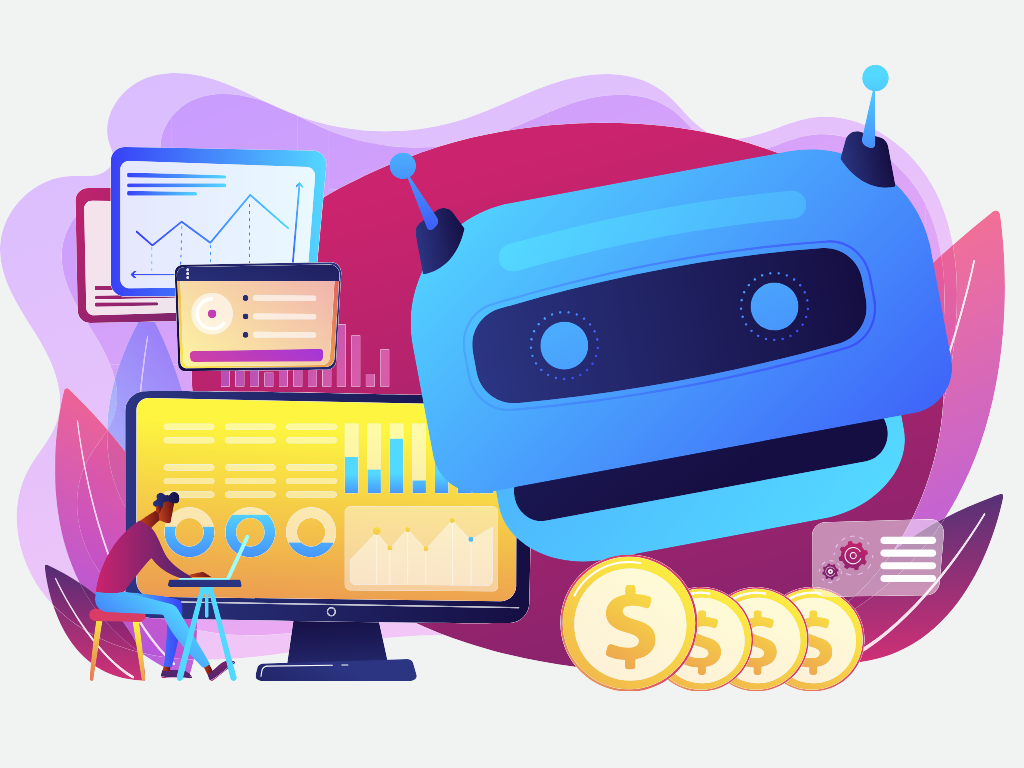Introduction
Taking notes is an essential skill for work, school, and life.
However, traditional note taking can be time consuming, incomplete, and disorganized.
This is where AI note taking comes in. AI note taking utilizes natural language processing and machine learning to revolutionize the way we take notes.
Here are some of the key ways AI is transforming note taking.
Transcribing Audio

One of the biggest challenges of note taking is trying to write down everything said in meetings, lectures, interviews, and other audio sources.
Human note takers simply can't keep up with the pace of speech. AI services can now automatically transcribe audio in real-time with over 90% accuracy.
Popular apps like Otter.ai and Google's Recorder app allow users to record meetings, speeches, or interviews and get a text transcript instantly.
The AI looks for patterns in speech, dialects, accents, and background noise to accurately determine words and sentences.
Users can highlight, share, search, and edit the transcripts. Some apps even identify different speakers and insert timestamps automatically. This is a huge time saver and ensures nothing gets missed.
Summarizing Notes

AI can also summarize key points from large amounts of text. After transcribing an audio file or importing a text document, summarization algorithms can distill the most relevant information.
They remove repetitive or irrelevant text to create a concise summary.
Sanka also allows users to input a text excerpt or URL to get a summary. The AI looks for key phrases, word frequency, identified entities, and sentence structure to determine important information. Summaries retain key facts and context without overwhelming detail.
Structured Notes

Unstructured notes like paragraphs of text can be hard to organize and study. AI services are able to take free-form notes and structure them in logical categories. Grid Diary uses NLP to analyze notes and create a knowledge graph of relationships. Notes are then structured into topics and subtopics for easier studying.
Other apps like Glean and Neumann identify common note types like definitions, questions, and to-do items. These are extracted and organized into tables, flashcards, and checklist templates. Structured notes help reinforce learning and are easier to review than long blocks of text.
Smart Integration

AI note tools don't exist in silos. Machine learning APIs enable seamless integration into other apps and services. For example, Otter.ai can auto-sync transcripts into Google Docs, Dropbox, Slack, and other platforms. Apple Notes uses on-device intelligence to recognize text in images and suggests reminders based on note content.
OpenAI's GPT-3 API is being leveraged by startups like Anthropic to build smart assistants that can take notes, summarize documents, hold conversations, and more. Easy integration with services people already use makes AI note taking more automatic and accessible.
Search and Analytics

Searching through thousands of notes to find that one key insight can be like looking for a needle in a haystack. AI services enable powerful search and analysis across note repositories. Notes are auto-tagged with keywords that can be rapidly searched. Users can find notes by searching for topics, speakers, dates, and more.
Services like Otter.ai and Google Keep allow users to search across all their notes at once for quick reference. Beyond basic search, some apps provide analytics likefrequently used keywords, note frequency over time, common connections between notes, and more. Insights can be discovered that would be impossible to find manually.
Multimodal Notes

Humans don't just take written notes, we also scribble diagrams, drawings, arrows, and shapes. AI services allow users to take "multimodal notes" that combine text, sketches, images, audio clips, and more all on the same digital canvas.
Apps like Microsoft OneNote and Evernote enable users to integrate handwritten or sketched notes with typed text, screenshots, snapped photos, audio recordings, and web clippings in flexible digital notebooks. All data types work together for truly comprehensive note capture and review.
Personalization
One major problem with traditional note taking is how time consuming it is to format, organize, and stylize notes. AI services can automate the busy work and personalize notes to each user. Services like Dropbox and Google Docs suggest formatting changes like fixing titles and lists based on the content semantics.
Note taking apps also allow for extensive visual customization to fit different aesthetic preferences. Templates, themes, colors, fonts, layouts, and more can be customized so users stay engaged and organized. Personalized notes reflect the diversity of learning and thinking styles.
Conclusion
AI and machine learning are transforming note taking from a manual chore into an automated process. Transcribing audio, summarizing text, structuring notes, integrating with workflows, robust search, multimodal inputs, and personalization are just some of the ways AI can revolutionize how we take notes. The future is exciting as researchers continue innovating new ways to leverage AI to enhance human knowledge, learning, and productivity.








